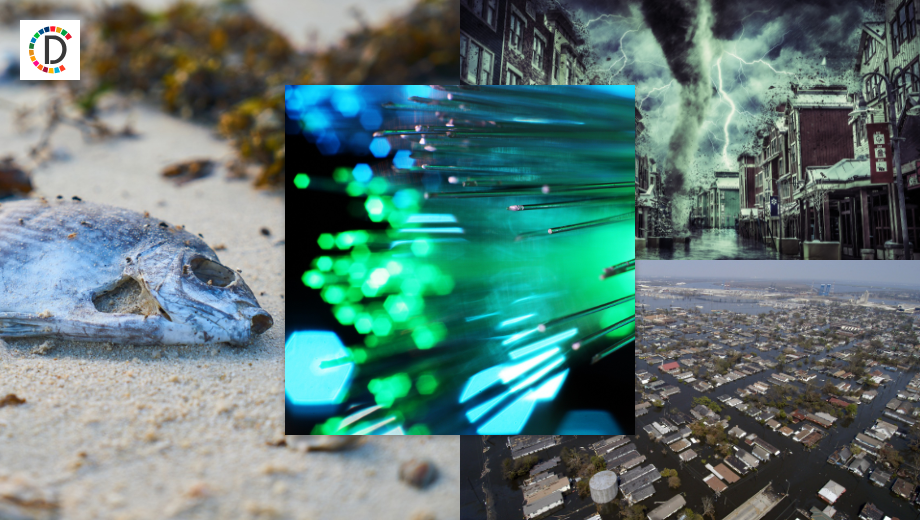Saving the Hawksbill: A Journey From Captivity to the Wild
Israeli conservationists have released three hawksbill turtles into the Red Sea to aid the recovery of this critically endangered species. Raised at Eilat's marine observatory, the turtles now roam the wild with satellite trackers to study their adaptation, amid threats like fishing nets and poaching.

- Country:
- Israel
In a concerted effort to save the critically endangered hawksbill turtles, Israeli conservationists have released three mature females into the Red Sea. This initiative, announced by the Israel Nature and Parks Authority, aims to boost the population of this imperiled species in the wild.
The turtles, reared over two decades at an underwater observatory in Eilat, have been equipped with satellite trackers. This allows researchers and the public to monitor their movements via the Wildlife Computers website. One turtle, shortly after release, was observed near a coral reef, indicative of the species' feeding habits on soft corals and sponges.
Aviv Levy from Eilat's Underwater Observatory Marine Park noted the importance of understanding how turtles adapt after a lifetime in captivity. Classified as critically endangered, hawksbill turtles are vital to coral reef ecosystems by controlling sponge populations. However, threats such as interactions with sea vessels, entanglement in fishing nets, and shell poaching continue to endanger their survival.
(With inputs from agencies.)










